overleaf template galleryLaTeX templates and examples — Recent
Discover LaTeX templates and examples to help with everything from writing a journal article to using a specific LaTeX package.
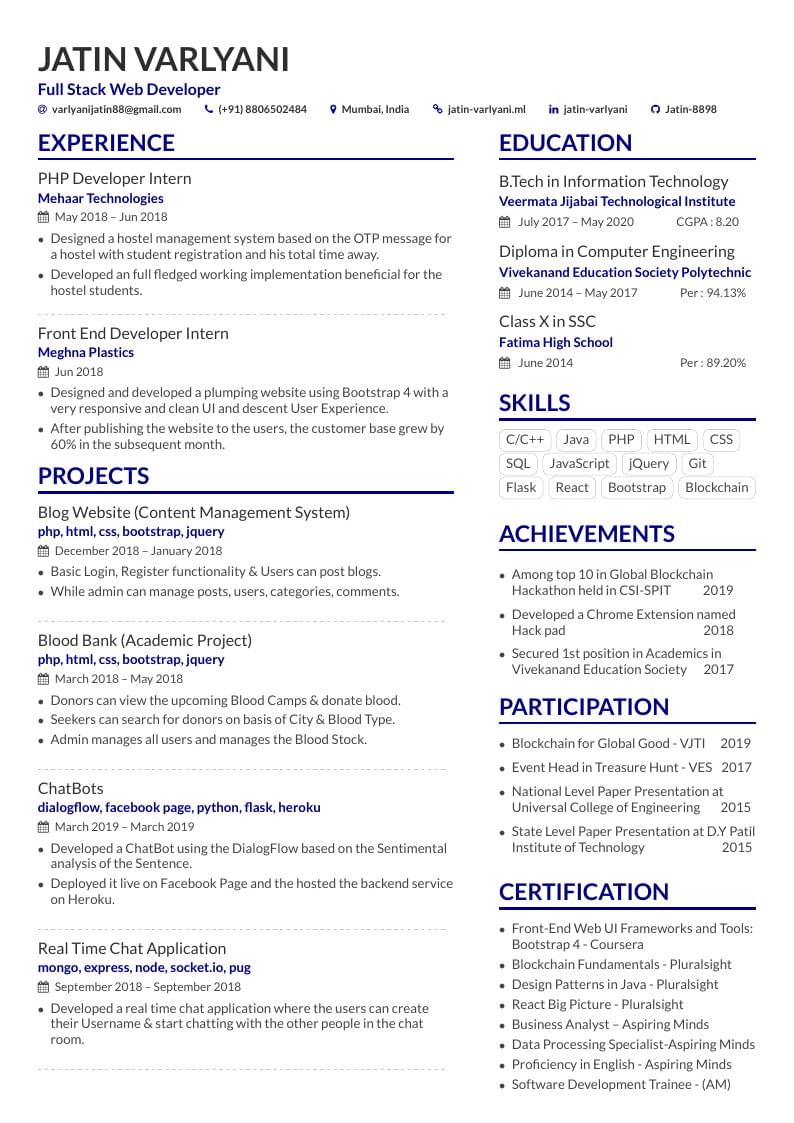
Resume of a Software Engineer and Full Stack Web Developer. Created with the AltaCV template.
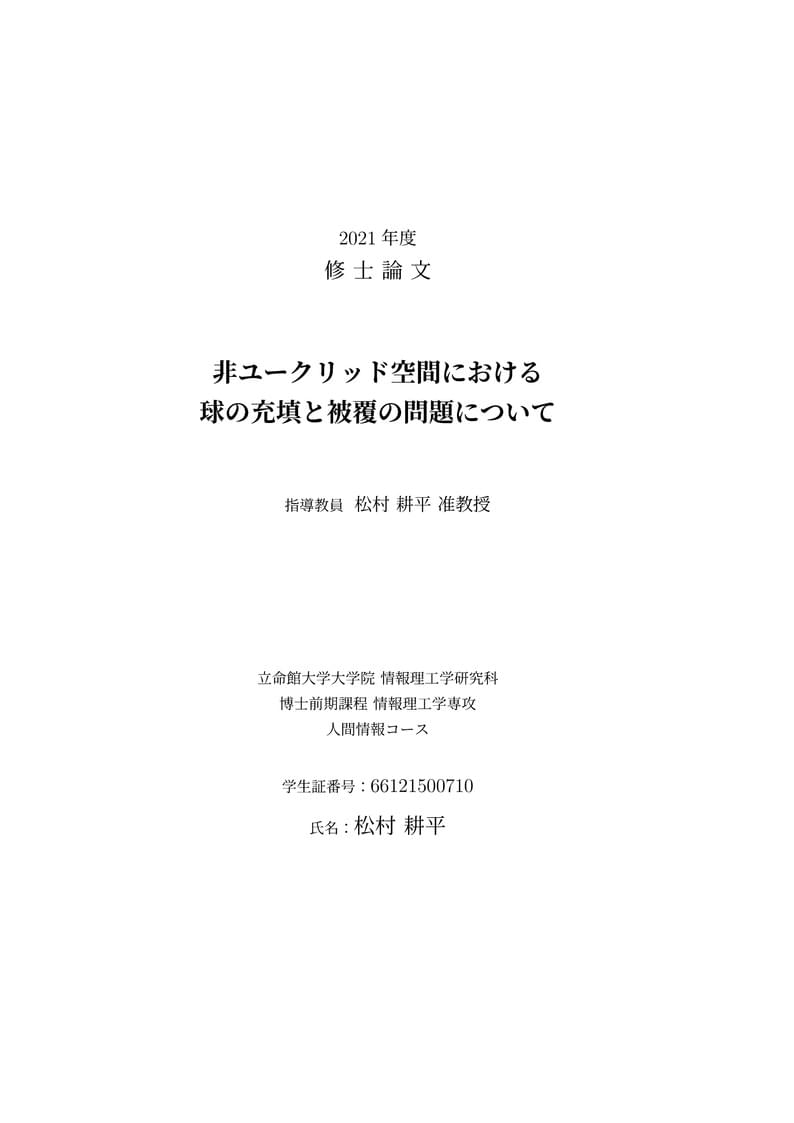
This is a template of a master thesis for Playful laboratory at Ritsumeikan University, Japan.
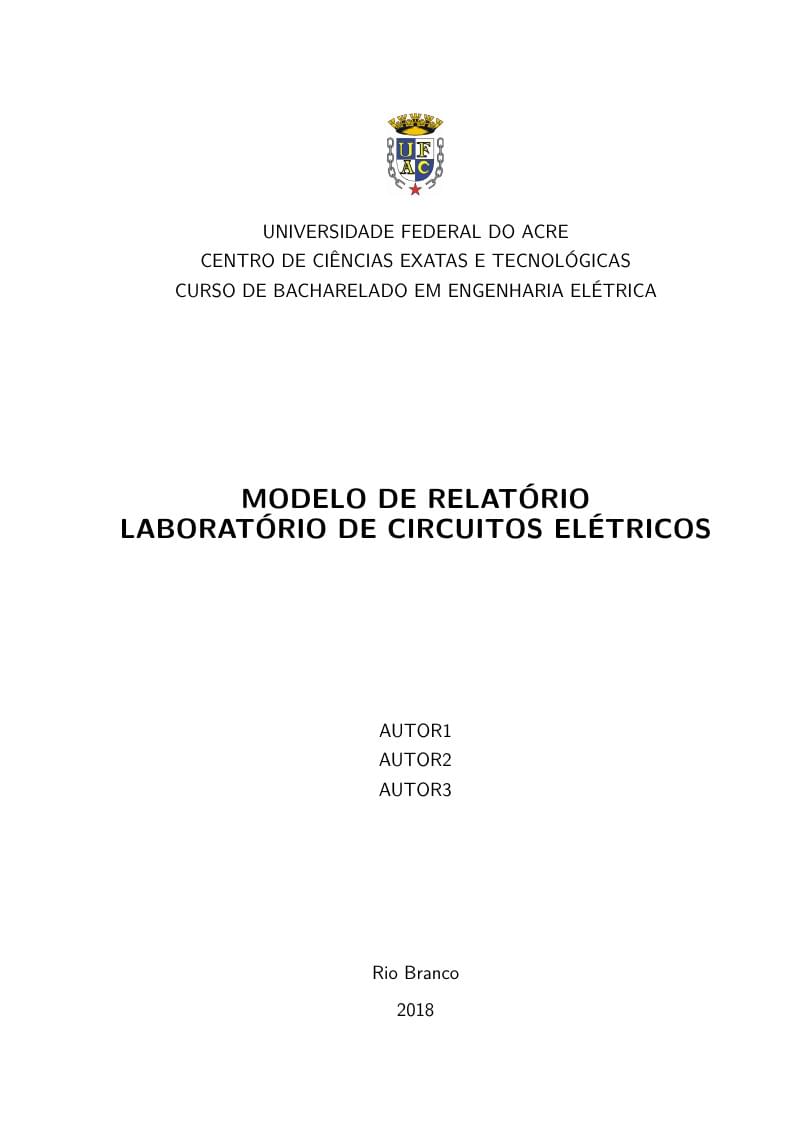
Modelo de relatório técnico criado para ser utilizado na disciplina de Laboratório de Circuitos Elétricos. Obs.: serão incrementados mais detalhes e informações futuramente.
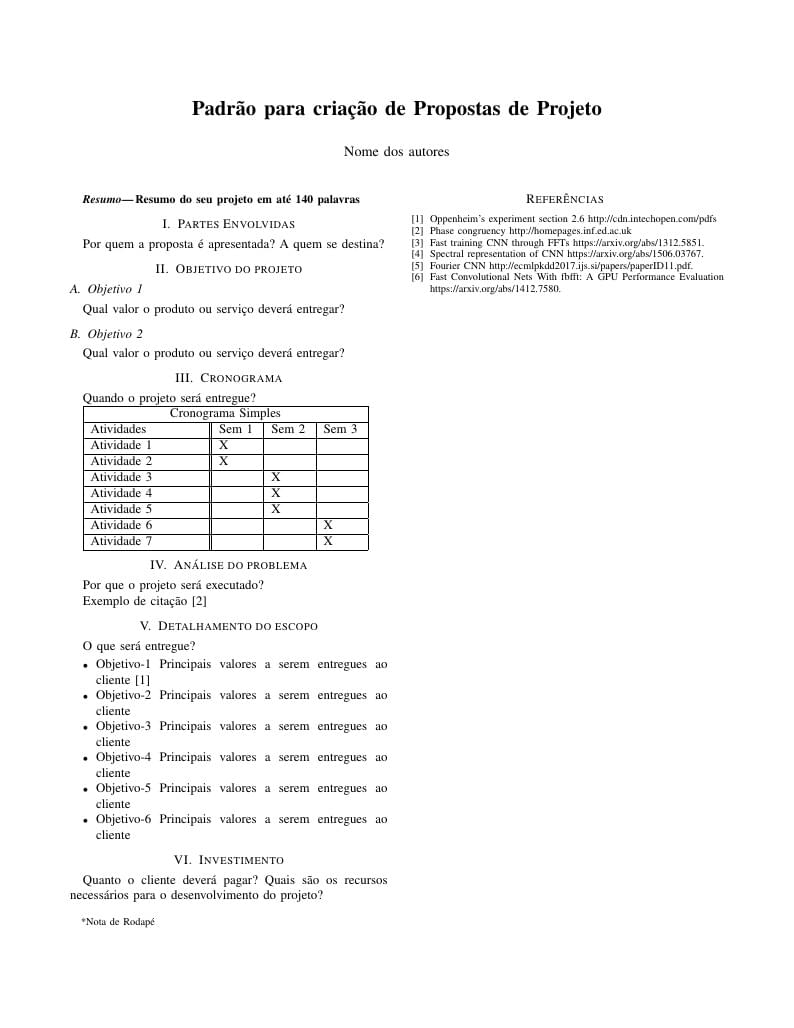
Modelo de Proposta de Projeto IFMG Betim
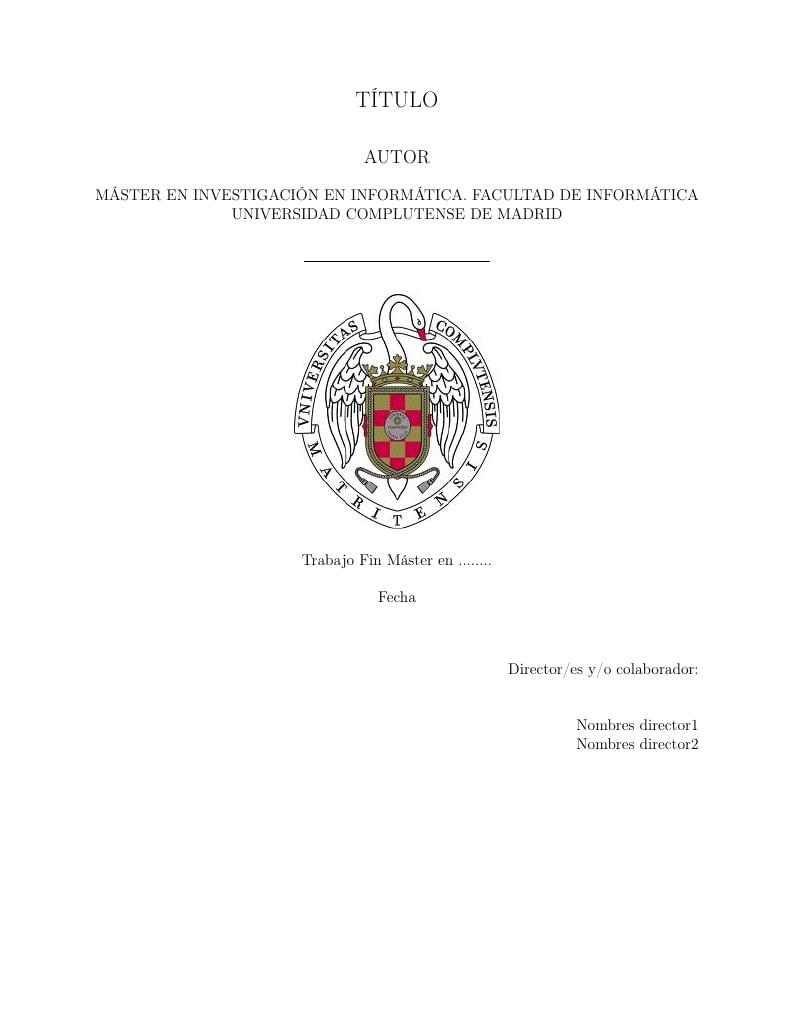
Plantilla para los TFM realizada a partir de otra plantilla de K-State Electronic Theses (https://www.k-state.edu/grad/etdr/template/) Versión original descargable en: https://web.fdi.ucm.es/posgrado/docs/plantilla-TFM-LaTeX.zip
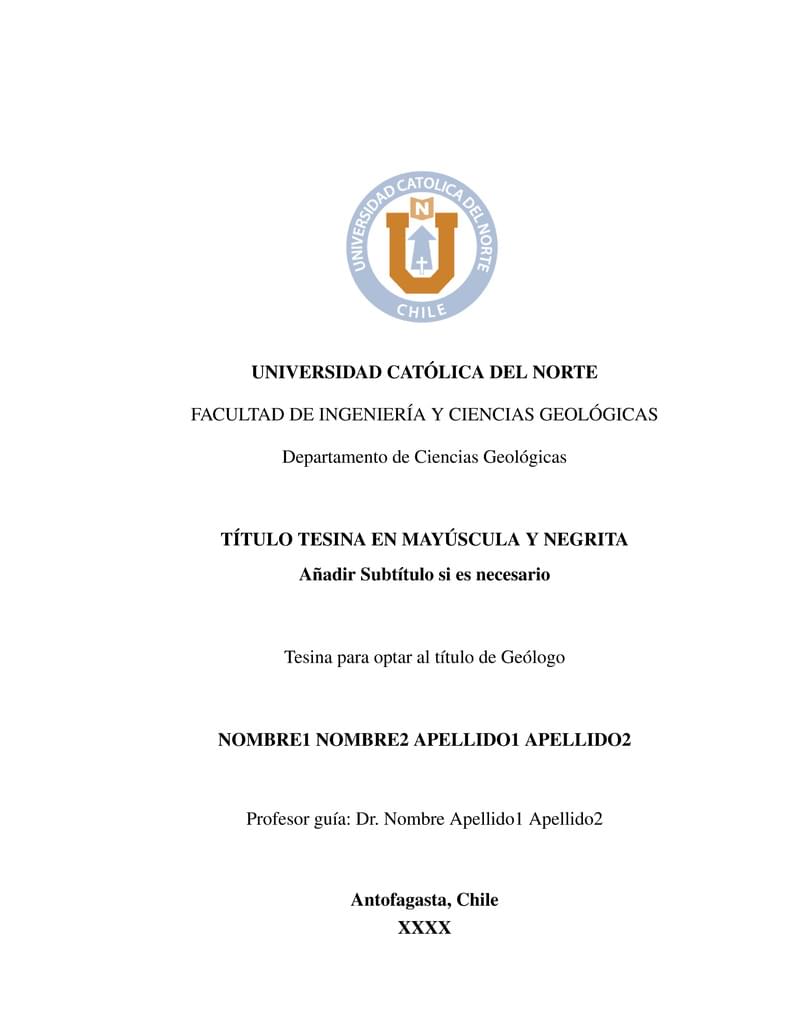
Formato de Tesis Universidad Católica del Norte, Chile. Uso bajo responsabilidad de cada estudiante.

A LATEX tamplate to be used mainly by the ACCORD consortium comunity, but also others.
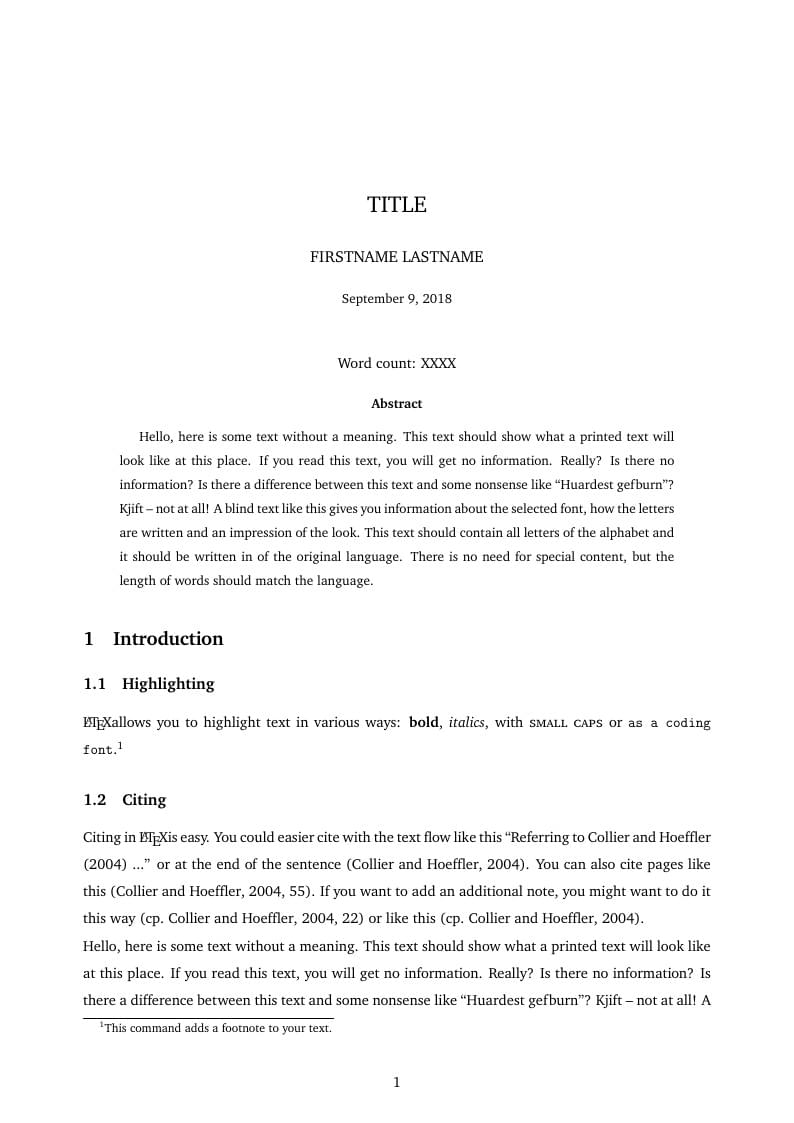
This is a template for an empirical term paper at the university. It comes with a nice folder structure that allows a good overview of the different text parts. It includes various options that are customizable (e.g. cover page/no cover page; including/excluding table of content, list of figures/tables) and also gives a quick introduction into the very basics of LaTeX such as highlighting, citing, writing, including tables, figures, and mathematical equations.

Flag of the Republic of Korea, according to official government specifications
\begin
Discover why over 20 million people worldwide trust Overleaf with their work.